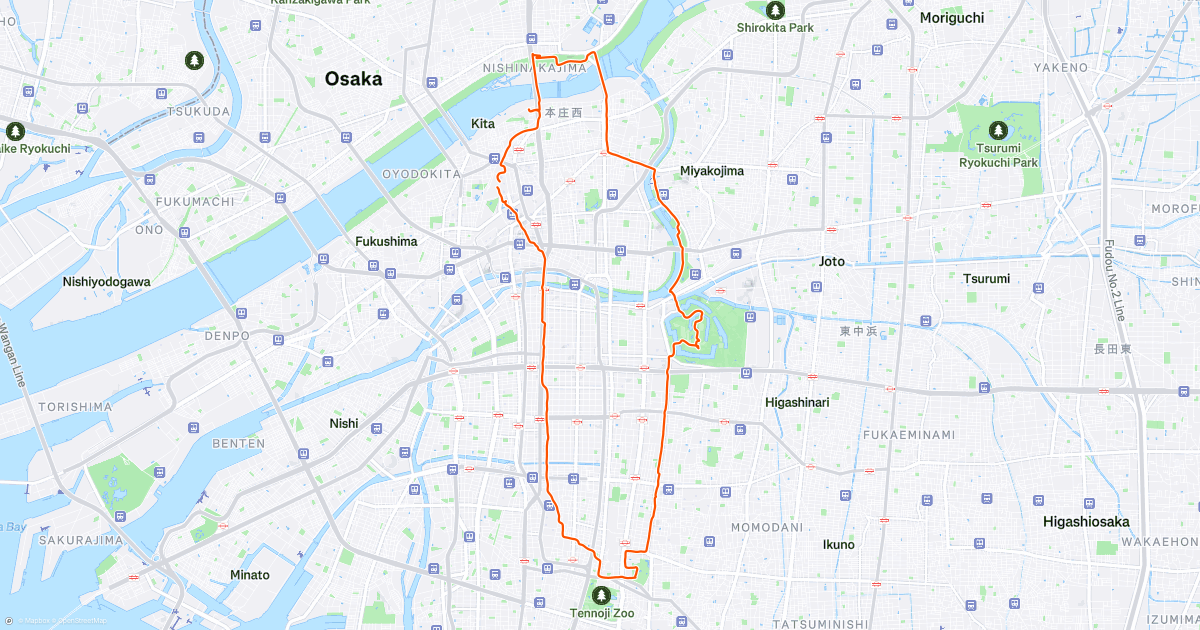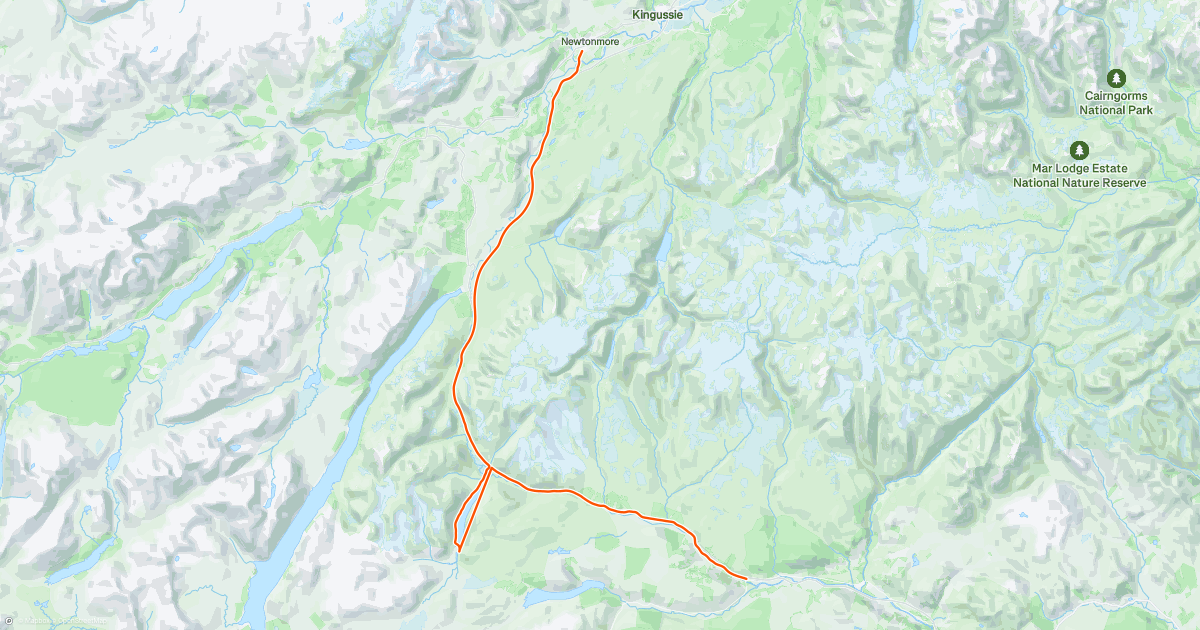You clearly have no argument here, just repeating the same heart rate drivel without any real analysis. It’s clear you’re not interested in fairly considering the evidence and just want to ignore anything that doesn’t fit your narrative.
First, Goodge’s claim to be aiming for the fastest crossing of Australia is just that—an ambition. We can’t dismiss a goal without evidence, especially when the goal hasn't even been attempted yet. Claiming it’s impossible without considering the actual effort or understanding of the physiology behind it is premature.
One of the biggest red flags in your critique is how you’re trying to frame Goodge's Day 5 splits (39-46 km section) as some kind of physiologically impossible performance. Let’s actually look at what was listed:
6:29 min/km – 105 bpm
6:59 min/km – 106 bpm
6:17 min/km – 109 bpm
6:12 min/km – 105 bpm
6:15 min/km – 107 bpm
6:01 min/km – 105 bpm
6:18 min/km – 105 bpm
6:35 min/km – 101 bpm
You present this as an "electrifying world-class sequence" with an impossibly low heart rate. But there’s nothing out of the ordinary here.
For a well-trained endurance athlete—especially someone capable of a sub-3-hour marathon—a heart rate of 100-110 bpm at 6:00-7:00 min/km is entirely normal. That’s a steady Zone 1 low Zone 2 effort, especially five days into a multi-day ultra when the body has fully adapted. In fact, it would be more surprising if his heart rate were high at this point, because, after multiple days of ultra running, heart rate suppression is a well-documented physiological response due to accumulated fatigue and efficiency gains. A trained ultra runner can comfortably cruise at this pace without much cardiac strain—this isn’t remotely fast in an endurance context. HR variation comes from terrain, conditions, recovery levels, and individual physiology—all of which you conveniently ignore. So what’s actually happening here? Nothing unusual. Just another attempt to force a controversy where none exists.

